Your shop window is your first opportunity to highlight the character of your business and entice shoppers to cross your store threshold.
Knowing where to start a window design might seem a little daunting at first, so we’ve put together a few visual merchandising tips to help you get started and attract more customers through a great first impression.
Sketch a basic layout
Keeping it simple is a great way to start. By sketching a design based on simple effective shapes, you can minimise the time spent getting it right.
You could:
- divide the window into thirds and work with a 2 to 1 proportion
- plan a pyramid shape
- design your display along a curved line.
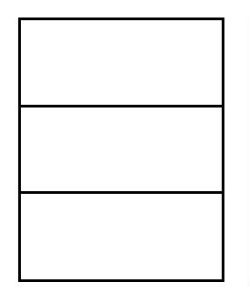
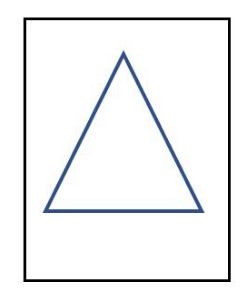
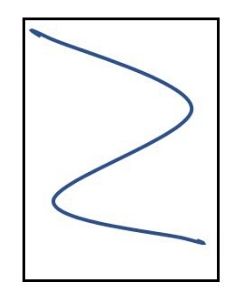
Find a focal point
If your design has a hero piece, ensure that it is positioned at eye level. This is especially effective for your store window, or a feature wall.
Use lighting strategically
Lighting will assist you to enhance your focal point, as well as drawing attention to your business out of hours.
The use of a timing device can assist in minimising the associated expenditure. Ensure that any new lighting is fitted by a qualified electrician.
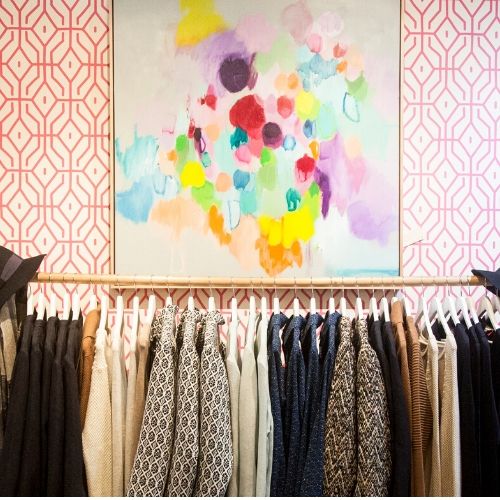
Use repetition to enhance your theme
A strong theme will make your shop window more memorable.
Repetition or groupings of either a product, theme or colour can be very impactful.

Try colour isolation or ordering by colour
Colour isolation and colour themes are an effective way to create an attractive display. A colour wheel can assist in selecting colours that best complement or contrast each other.
Ordering can also be a very effective way to draw attention to your products. The best way to achieve this is working from left to right, or top to bottom, then from the lightest to the darkest.
Another simple idea is to focus on two colours, one used as a background and the other as the featured item. A very basic example of this would be a blue sky background with the hero item being a bright orange sun.

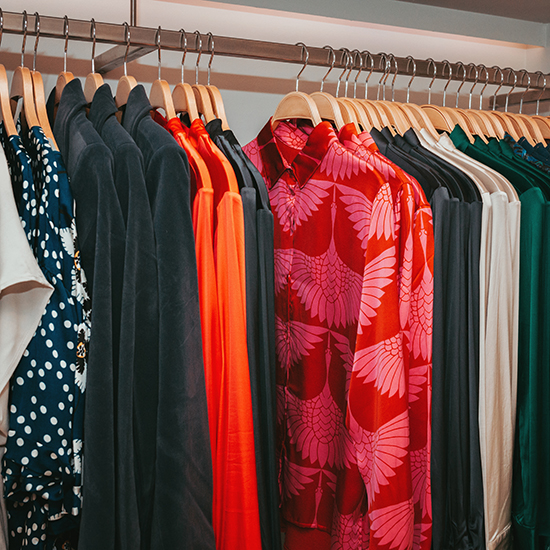
Add something unexpected
Why not add something that doesn’t necessarily relate to your business to draw attention?
Consider the below examples of umbrellas in a jewellery store, or the violin and carry case featured at a local bar.


Consider height and depth
Using risers and ceiling hooks can be an easy way to introduce height and depth into your display.
Ensure you adhere to occupational health and safety principles when working at height.
For information about working safely at height, visit Safe Work Australia.

Example of risers in a shop window
Remember to stock up on your featured products
Except for, say, an art gallery or businesses offering collectables, make sure you have a good supply of the products that appear in your window display.
Don’t run out of your featured products or have your hard work ending up as someone else’s profits.
Change your window display regularly
When you have a localised customer base, it's important to keep windows fresh and dynamic to engage the customers' interest and get them to explore inside the business. Keeping a window calendar is a good way to plan your changes for the upcoming months.
More information
To request a copy of our visual merchandising handbook or find out more about how we support local business, email [email protected] or phone 9278 4444.